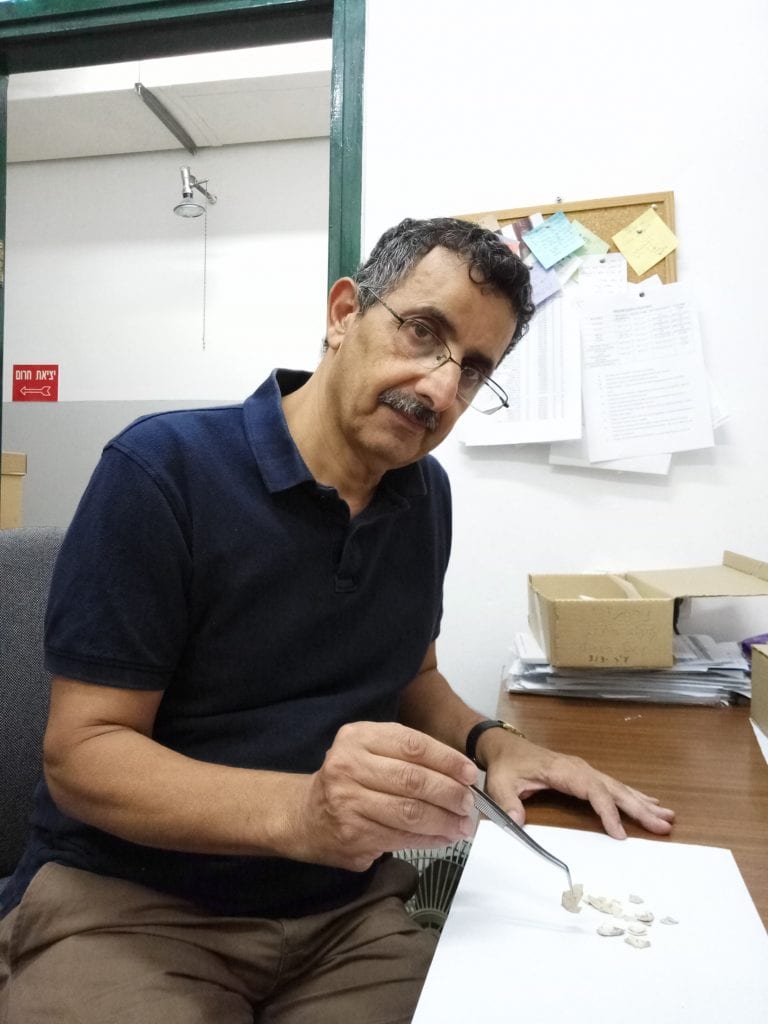On the eve Passover, Jews in Israel and around the world place a hard-boiled or roasted egg on the ceremonial Seder plate – and eat it dipped in salt water – to symbolize the festival sacrifice that was offered in the Temple in Jerusalem.
An appropriate new finding from excavations in Jerusalem’s City of David – are enlightening archeologists about the local population’s diet at the end of the biblical period.
The findings of a new study show significant use of domesticated chickens for consumption among Jerusalem’s upper class.

Until now, archeological finds from the earliest periods were paltry. They consisted of a few bones and several seals of the royal house bearing the image of a fighting rooster. As a result of this evidence, researchers believed that this fowl was used only as a pet and for cockfighting.
The findings of the new study, headed by Prof. Zohar Amar of the Martin (Szusz) Department of Land of Israel Studies and Archeology at Bar-Ilan University, will be revealed during the department’s annual conference next month, which will deal with agriculture and nature in ancient Israel.
For the study, traces of eggs found in refuse and ash in Area G of the City of David from the end of the First Temple period were examined.

The eggshells were found during excavations carried out by Dr. Eilat Mazar about a decade ago. Out of several hundred fragments of eggshells examined by Prof. Amar, a number of relatively large fragments were found that could be used to reconstruct the size and number of the eggs.
These were examined using a unique algorithm developed by Dr. Avshalom Karasik of the Israel Antiquities Authority (IAA) for the reconstruction of pottery vessels. The mathematical formula was first tested on the eggshell fragments from the City of David. The results of the reconstruction showed that the length of the egg was about 50 millimeters its maximum diameter 40 mm, and the total volume with the shell was 61 cubic centimeters.
Prof. Amar notes that the nature of the discovery is extraordinary: Egg shells in archeological finds are rare; they are usually not preserved because they are so fragile. In addition, chicken eggs from the City of David are, as of now, the earliest archeological find from the Near East.
This discovery is an important contribution, not only to the reconstruction of the ancient food basket, but also to the world of Jewish law (Halacha). The reconstruction of the egg from the City of David, as well as a comparison with later finds from the Roman period, indicate that the size of the chicken eggs and their volume were similar to the average size of contemporary chicken eggs.
The Talmudic measure known as kebeitza (the size of an egg) has halachic implications in various areas in measurements used by the Torah. According to many rabbinical decisors, the size known as kezayit (the size of an olive) is also derived from the size of the egg. The finding of the eggs from the City of David thus gives the halakhic discussion a contemporary dimension.



